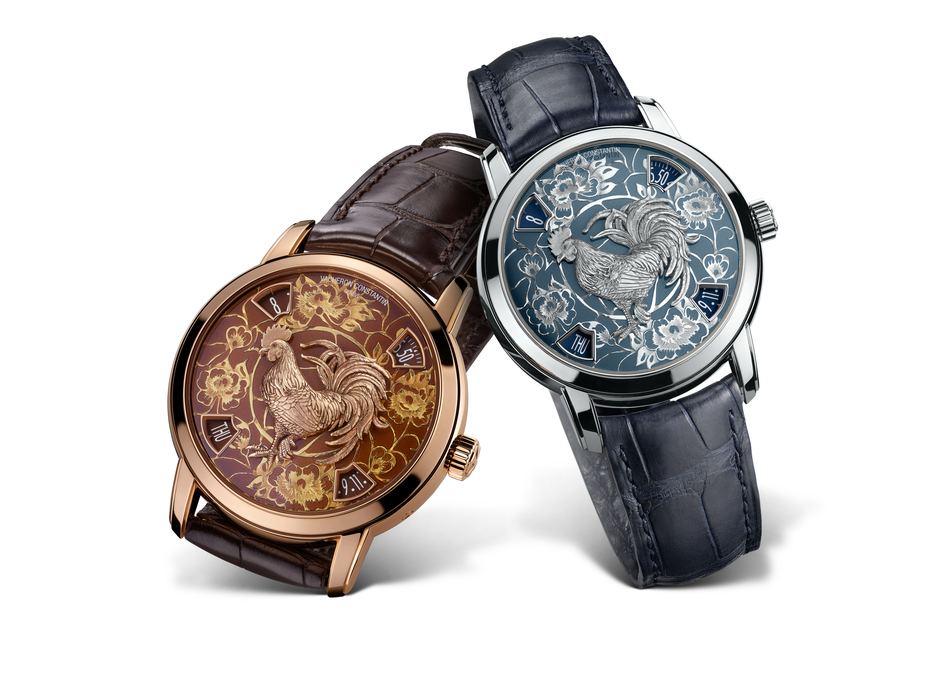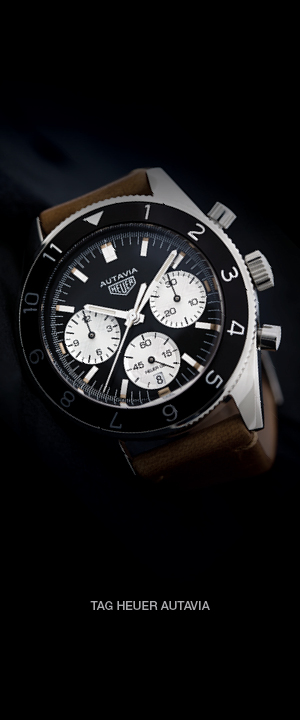China has come to the rescue of the Swiss watch industry yet again

Swiss watches risk becoming antiques,” the Financial Times trumpeted in March, the very month export figures began to rise after two years of consecutive declines. With the end of the year in sight, watchmakers are hoping for a BRIC in their Christmas stockings to avoid what could be the third three-year slump since record-keeping began in 1885 (the last episode was at the height of the Great Depression).
Last year, Swiss watch exports fell nearly 10 per cent compared to the previous year, data from the Federation of the Swiss Watch Industry shows. Nor was 2015 very pretty: total watch exports fell 3.3 per cent that year. However, overseas sales first ticked upwards in the second quarter of this year, and have continued to climb since, with September clocking the fifth consecutive monthly rise at 3.6 per cent year-on-year. In typical Swiss style, the celebrations have been low-key, perhaps because exports have yet to return to pre-slump levels, but the Federation of the Swiss Watch nevertheless put out a cautiously optimistic statement: “The trend over a 12-month period shows a continuing recovery.”
A few days later, Richemont went one step further, putting its profit increase for the six months to September 30 at 80 per cent, Reuters reported, citing burgeoning demand for luxury watches and the end of inventory buybacks.
That chimes with wider sentiment. Across the industry, more than half of all industry executives polled are optimistic about the outlook for the year and the major export markets, according to the Deloitte Swiss Watch 2017 report — up from 2 per cent in 2016.
By volume alone, Swiss watches comprise a tiny fraction of the overall market, at 3 per cent of the 1.2 billion units sold last year. However, they represent 65 per cent of global sales by value, with the Swatch Group, Richemont and Rolex the industry’s most dominant players. The importance of exports in this scenario cannot be overstated.
And as has happened in 2009, the world’s second-largest economy has been driving the rebound, with the impact of 2014’s corruption laws having begun to fade. Exports to China, the C in former Goldman Sachs chairman Jim O’Neill’s acronym for promising emerging markets, and Hong Kong have both grown significantly this year. Hong Kong, the top importing nation, climbed 13.7 per cent in September, with total sales of CHF1.7 billion in the first nine months of the year, or 4.1 per cent over the same period in 2016. China, however, has shown an astonishing 17.2 per cent growth from January to September, just over CHF1 billion in value. Overall, it has led the upturn over the year, and players such as Richemont — home to Roger Dubuis, Vacheron Constantin and Jaeger-LeCoultre — confirm that the Chinese market remains strong. CFO Gary Saage said in mid-May: “Mainland China has been really quite strong and has been for nine months.”

Almost all the major markets in the top 10 have stalled or retreated, the data shows. The US, the second-largest market, is down 4.1 per cent, with Italy down 1.4 per cent and Germany and France declining 2.7 and 3.7 per cent respectively. Japan fell a staggering 9 per cent, while the UAE plunged 8.1 per cent. The rare bright spots have been Singapore, where imports nearly doubled in September as more high-priced watches were delivered, and the UK, up 10.1 per cent over a golden 2016, a continued benefit of the low exchange rate as the uncertainty over Brexit drags on.
Some of this progression is the result of newer messaging strategies, as well as an attempt to reach out to newer markets. One of these is India, which was the world’s largest growing major economy in 2015 and 2016 before falling behind China this year. Nevertheless, Euromonitor expects the subcontinental giant’s luxury watch market to grow at a CAGR of 6.9 per cent through to 2022.
IWC Schaffahusen is one of those betting on India, which it expects will be one of its top 20 markets within the next five years. Not only has the Richemont brand expanded to a presence in seven retail stores across the country (out of 100 worldwide), but it has flipped its strategy to target women, who buy less than 40 per cent of all luxury watches. A new line, the Da Vinci Collection, follows a 2014 range that proved tremendously successful, regional director Luc Rocherau told the Mint business newspaper recently. “We are working extensively in India. India is a very high potential market for us,” he said.
Overall, the nation’s luxury market grew 25 per cent in 2015-16, drawing greater interest from other brands such as Vacheron Constantin.

Across the globe, a pivot to social-first millennial customers in the footsteps of luxury fashion and car majors has also begun to bear fruit. Just as the most exclusive couture labels publish avidly on Instagram — whether the product is actually available or not — so too do luxury watch marques, after years of steering clear. Naturally, the focus tends to be on the top markets, notably China and the US.
While some brands embrace YouTube-only series, such as Montblanc’s Trailblazers and surprisingly, Every Rolex Tells a Story, others have joined the influencer party. Actor Kris Wu debuted Bulgari’s newest watches on Yizhibo in March, while Omega collaborated with astronaut Buzz Aldrin to develop the Mars watch. IWC, meanwhile, partnered with the Gentleman Blogger founder Matthew Zorpas. Rolex, which eschewed social media until late 2015, now not only runs YouTube series, but has brought traditional luxury marketing values such as heritage and legacy to the online space, with its Vintage Rolex Asylum.
A third approach has been to take the battle to the streets, as it were — in this case, discount internet stores of the kind that appear to have dented the US market. Informal grey market retailers such as Authenticwatches.com, Chrono24 and Jomashop.com discreetly purchase stock that has failed to sell at authorised retailers, and put it up for sale at discounts of up to 40 per cent. Frédérique Constant’s approach has been to launch its own boutique on Chrono24 at its regular prices. “We have been feeling the impact for two or three years that the grey market is getting stronger and stronger,” Niels Eggerding, vice-president of sales at Frédérique Constant, told the FT.
“It’s very hard to control your brand against that.”
Looking ahead, the outlook over the medium term appears positive. Data analysts Research and Markets nodded to the BRICS when it forecast a compounded annual growth rate of 2.98 per cent during the period 2017-2021. “Swiss manufacturers have set a standard in the luxury watch market,” it said in a recent report based on discussions with key vendors. “The demand for Swiss watches is increasing owing to their quality, design, craftsmanship and technological sophistication. Booming economies and rising disposable incomes, especially in developing countries, have enhanced the purchasing power of consumers and are largely responsible for the shift in the demand for Swiss-made luxury watches from developing countries.”
Swiss manufacturers have set a standard in the luxury watch market
Premiumisation and innovation will be key drivers going forward.
Analysts agree that any recovery may be short-lived without deep-dive product improvement. “It feels like the industry is only at the beginning of downsizing, but the numbers are less bad and investors want to believe we’re at the bottom,” Thomas Chauvet, head of luxury goods equity research at Citigroup, told the FT recently. “There has been too much price inflation without innovation over the past decade. There is a danger of too much complacency — after all, it was a technology company, not a Swiss company, that launched smartwatches.
“The fact that these companies are not adapting to changes in consumer behaviour and that consumers are spoilt for choice in luxury means that the watch category may have become less relevant.”
It’s no accident that aviation instrumentation and watchmaking share striking similarities in design


Discussion